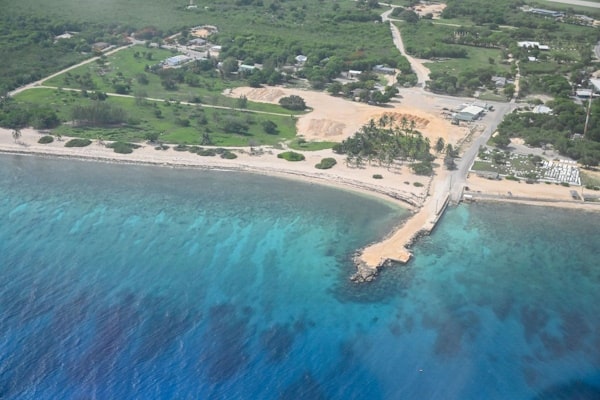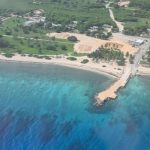NOAA attempts to unlock mysteries of El Niño
(CNS): Scientists at the National Oceanic and Atmospheric Administration (NOAA) have embarked on a land, sea and air campaign in the tropical Pacific to study the current El Niño, one of the strongest on record, and gather data in an effort to improve weather forecasts thousands of miles away. El Niño has a significant effect on weather patterns around the globe, including the Atlantic hurricanes.
The El Niño Rapid Response Field Campaign will deploy NOAA’s Gulfstream IV research plane and NOAA Ship Ronald H Brown, NASA’s Global Hawk unmanned aircraft equipped with specialized sensors, and researchers stationed on Kiritimati (Christmas) Island in the Republic of Kiribati, approximately 1,340 miles south of Honolulu. Together, scientists will collect atmospheric data from this vast and remote expanse of the tropical Pacific where El Niño-driven weather systems are spawned, according to a release.
“The rapid response field campaign will give us an unprecedented look at how the warm ocean is influencing the atmosphere at the heart of this very strong El Niño,” said Craig McLean, assistant NOAA administrator for NOAA Research.
The scientist said data gathered by weather balloons and instruments dropped from aircraft will help improve the models that are used to support weather forecasts. The data will also provide insights that researchers hope will improve year-to-year forecasts of the ocean cycle known as El Niño–Southern Oscillation (ENSO), as well as the accuracy of models predicting longer-term effects of climate change.
“This has never been done with a major El Niño,” said Randall Dole, a senior scientist with NOAA’s Earth Sciences Research Lab in Boulder, Colorado in a release from the ocean science body. “A field campaign ordinarily takes years to plan and execute. But we recognized what an important opportunity we had and everyone worked hard to pull this mission together.”
El Niño is the warm phase of the ENSO and La Niña is the cool phase. The pattern can shift back and forth every two to seven years, disrupting weather patterns across the globe.
Category: Science & Nature, Weather





































NOAA should be more concerned with gathering the animals in pairs, especially if this global warming thing keeps up.